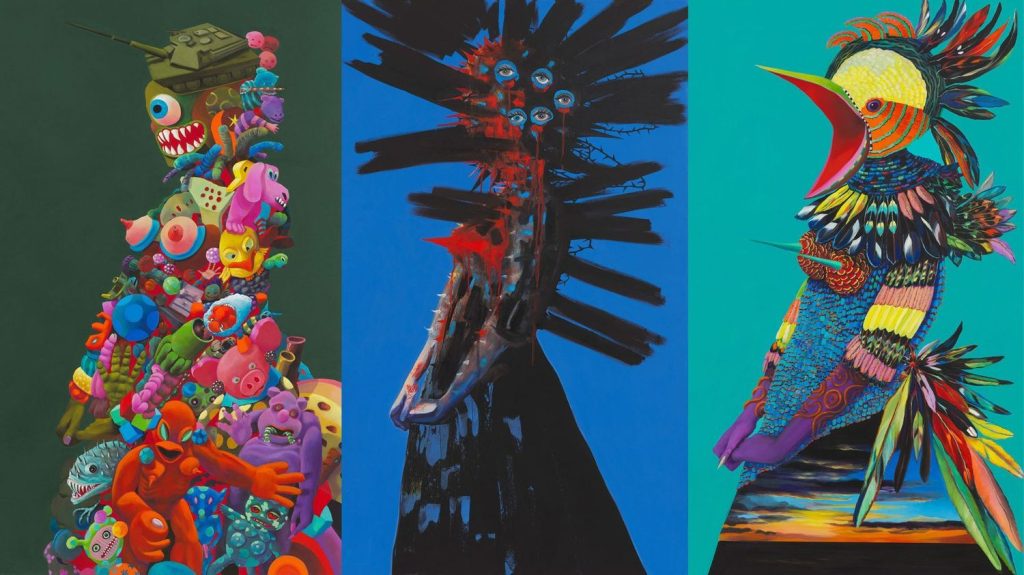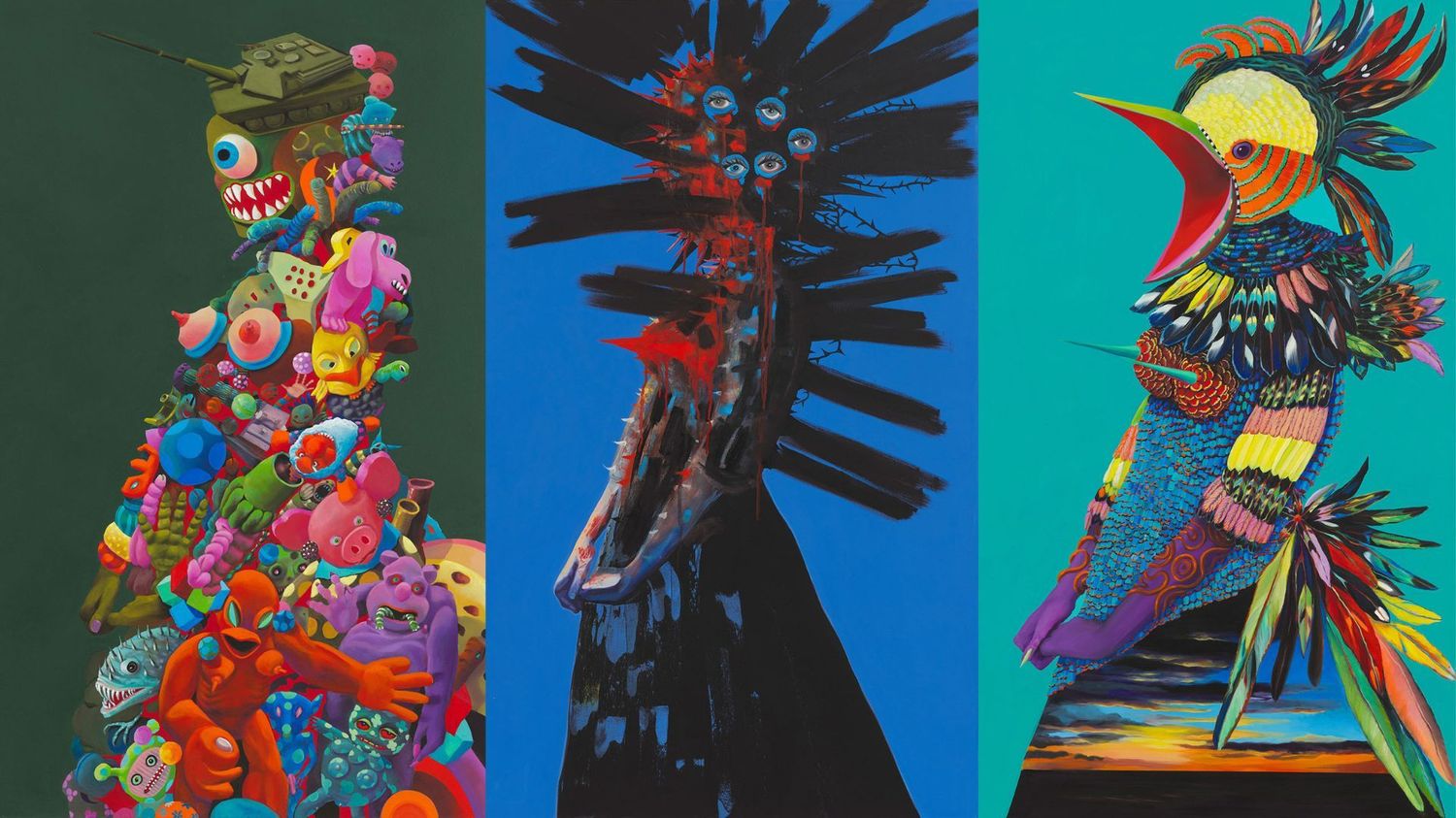
The Disruptive Art Collaboration of Jimmy DeSana and Paul P.

# Exploring the Intersection of Queer Art: Jimmy DeSana & Paul P.’s *Ruins of Rooms* at KW Institute, Berlin
**Berlin** — The exhibition *Ruins of Rooms* at the KW Institute for Contemporary Art in Berlin brings into conversation the works of two prominent queer artists, Jimmy DeSana and Paul P., who, despite being from different generations, share a common thread in their exploration of queer identity through multimedia forms. Curated by Krist Gruijthuijsen and Linda Franken, the exhibition reflects on the evolving and often destabilizing concept of “queer” as both adjective and identity, while subtly showcasing the continuities that stretch across decades of queer artistic practices.
## Queerness as a Methodology
At the heart of *Ruins of Rooms* is a particular understanding of queerness: not just as a descriptor of sexuality or identity, but as a methodology—a way to unsettle or reframe established norms and definitions. The exhibition juxtaposes works spanning several decades, bringing focus to the conceptual echoes between DeSana, who was active in the 1970s and 1980s, and Paul P., whose career began in the late 90s.
Queerness, in this context, is a way to question what is labeled as natural or unnatural, normal or abnormal. This interrogation is perceptible in the nuanced, often absurd, depictions of everyday life, where objects, bodies, and spaces are rendered slightly unfamiliar or out of place. Through this, the exhibition challenges labels and societal conventions, reframing queerness as both intimately personal and radically political.
## Video Works: A Starting Point for Generational Dialogue
The exhibition opens with a pair of similar yet distinct short films, each marking a pivotal early experiment in both artists’ careers. Jimmy DeSana’s film *Double Feature* (1979) presents a nude figure—only visible from the ribcage to thighs—vigorously massaging soapy genitals in a dry shower. The scene, while visually intimate, is devoid of overt sexuality, blending the lines between bodily pleasure and discomfort.
Paul P.’s *Snapping Off* (1997), in contrast, focuses on seemingly mundane repetition—a figure snaps the elastic of a pair of boxers and socks against their skin in a casual bedroom setting. The film employs intimacy in a way that echoes DeSana yet resists sexual categorization entirely. These pieces, while separated by two decades, both reflect a shared curiosity about the body and its ability to invoke mixed sensations—pain, pleasure, vulnerability—all while steering clear of easy classification as “queer art.”
## Broadening Definitions of Queer
The exhibition invites visitors to reconsider what it means for something to be queer art. Works like DeSana’s iconic *Dishwasher* (1979) portray bizarre and cryptic scenarios—such as a nearly naked figure contorting backward from a countertop, appearing to urinate blood into a dishwasher. These pieces simultaneously subvert and refract ordinary domesticity, a recurring theme in queer narratives where the ‘home’ is often an ambiguous or unsafe space.
Paul P.’s contribution to this dialogue includes his carefully constructed furniture pieces, which exist in an ambiguous liminal space. Scaled slightly too small for adult use, but far too delicate to have any practical use for children, his pieces of furniture further challenge any clear categorization. The result extends the exhibition’s conceptual investigation—asking how the queer lens might destabilize even mundane elements of life, like household furniture or the gestures of getting dressed.
## Visual Rhythms: Unresolved Portraits and Subtle Interrogation
Another significant element of the *Ruins of Rooms* exhibition is Paul P.’s series of small, suggestive oil portraits. These portraits demonstrate a deliberate sense of unresolved identity—they remain figurative, yet the details are elusive, preventing full comprehension of the subjects depicted. The blurriness of Paul P.’s figures mirrors the wider inquiry of the exhibition: an invitation to rethink fixed categories, whether those pertain to identity, art forms, or the spaces we inhabit.
In contrast, DeSana contributes a range of photographs that continue his legacy of disrupting norms with calculated absurdity and tension. While other exhibitions may fixate purely on historical recollection, *Ruins of Rooms* fosters a conversation between spaces, people, and moments—stretching, challenging, and intertwining them.
## Queerness Across Time: A Reflection on Social Change
What stands out in this exhibition is its reminder of how time, generations, and mediums interact in situations where queerness is at the core. From DeSana’s photographs taken against the backdrop of the early AIDS crisis to Paul P.’s delicate, dreamlike watercolors, the tension between progress and stagnation in queer lives and art is palpable. Despite advances in queer visibility and rights, the exhibition subtly argues that